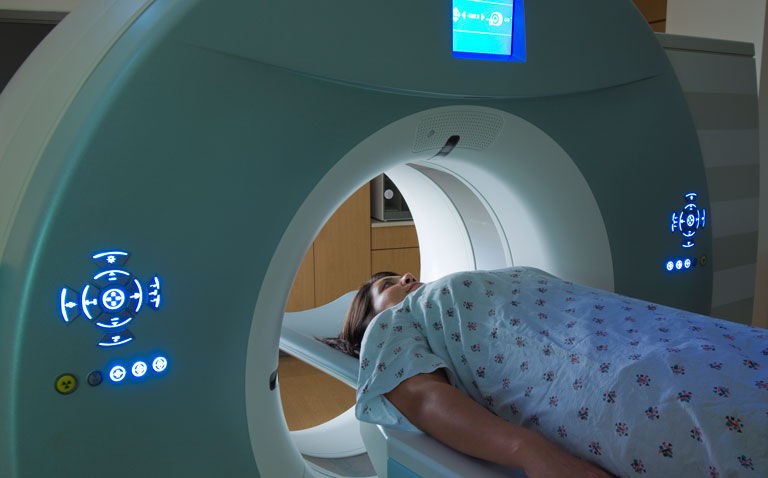T-VEC (talimogene laherparepvec) virotherapy with neoadjuvant chemotherapy (NAC) improves the response rate in triple negative breast cancer
In a phase 2 trial of adding talimogene laherparepvec (T-VEC) to neoadjuvant chemotherapy (NAC) in patients with triple negative breast cancer, researchers from the Moffitt Cancer Center, Florida, observed an improved estimated pathological complete response rate.
Triple negative breast cancer accounts for 10 to 15% of all breast cancers and chemotherapy has become the established treatment for both early and advanced disease. In a phase 1 trial reported in 2021 among 9 women with stage II to III triple negative breast cancer, use of T-VEC in combination with neoadjuvant chemotherapy, led to a complete response rate of 55%. The rational for T-VEC is based on the notion that the oncolytic virus selectively replicates within tumour cells and produces granulocyte-macrophage colony-stimulating factor which enhances both the local and systemic anti-tumour response. In fact, T-VEC (brand name Imlygic) is already licensed for the treatment of adult patients with unresectable melanoma which has become both regionally and distantly metastatic but without bone, brain, lung or other visceral disease.
Following the success of the phase 1 trial, the US researchers continued to explore the utility of this therapeutic approach by undertaking a phase 2 trial of T-VEC in patients with stage II to III triple negative breast cancer, followed by doxorubicin and cyclophosphamide chemotherapy prior to surgery, to assess residual the cancer burden index. Eligible patients received a total of five doses of intra-tumoral T-VEC injection, given initially at week 1, followed by four subsequent doses on weeks 4, 6, 8 and 10 concurrently with intravenous once-weekly paclitaxel. The primary outcome of interest was a pathological complete response (RCB0), defined as no residual invasive disease in the breast or sampled nodes after completion of NAC. The secondary endpoint was the RCB0-1 rate.
T-VEC and pathological complete response
A total of 37 women with a median age of 49 years, the majority of whom (84%) had stage II disease were included in the study.
A total of 16 women had a pathological complete response with an estimated RCB0 response of 45.9%. In addition, 8 patients had RCB1 minimal residual disease, giving a descriptive RCB0-1 rate of 65%. The authors added that the 2-year disease-free event rate was equal to 89% with no recurrence in RCB0-1 patients.
The researchers concluded that the use of T-VEC when added to NAC may increase RCB0-1 rates and called for continued investigation of this strategic approach in women with triple negative breast cancer.
Citation
Soliman H et al. Oncolytic T-VEC virotherapy plus neoadjuvant chemotherapy in nonmetastatic triple-negative breast cancer: a phase 2 trial. Nat Med 2023










